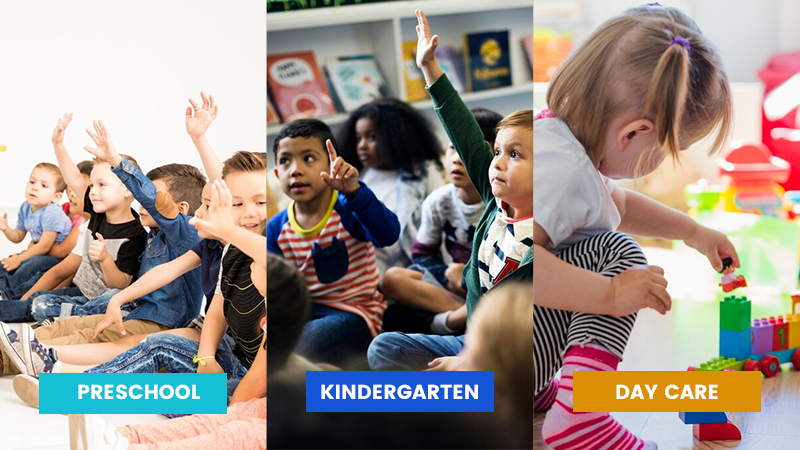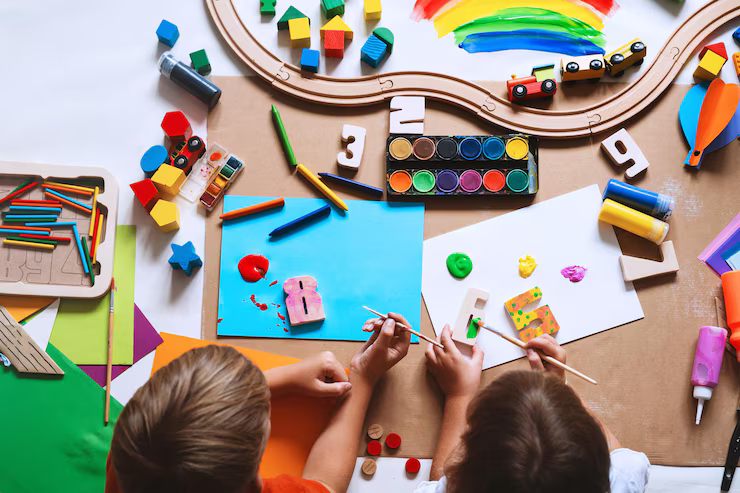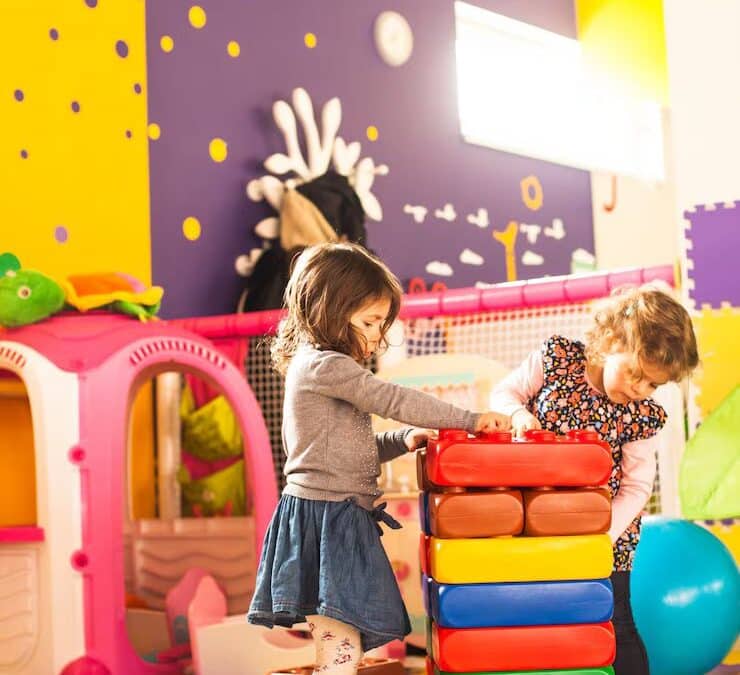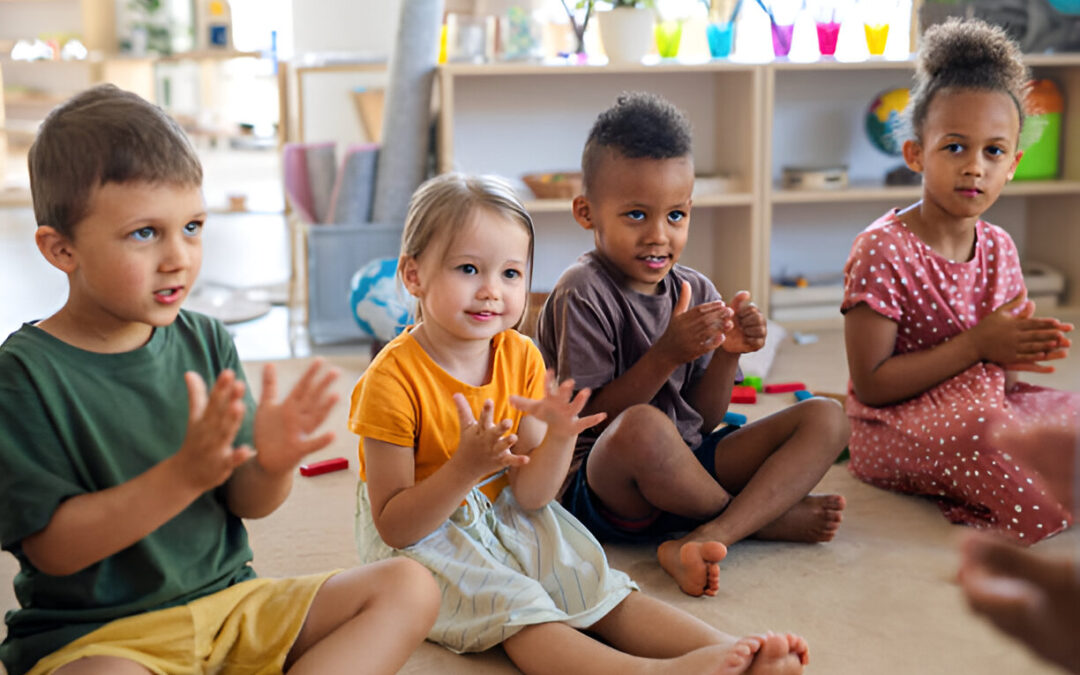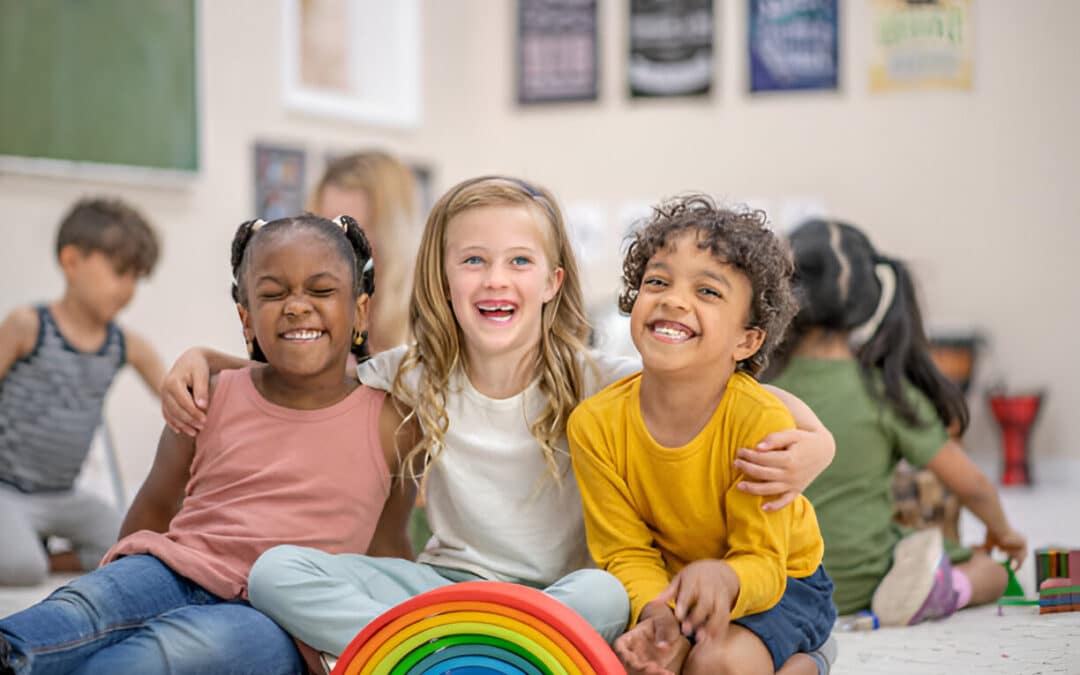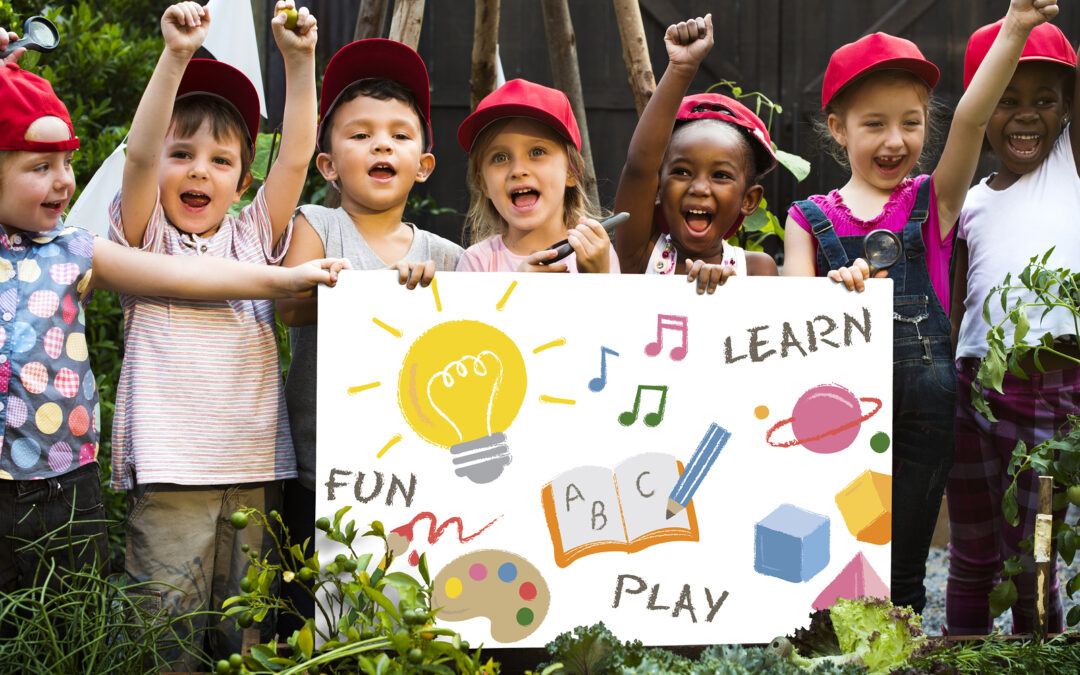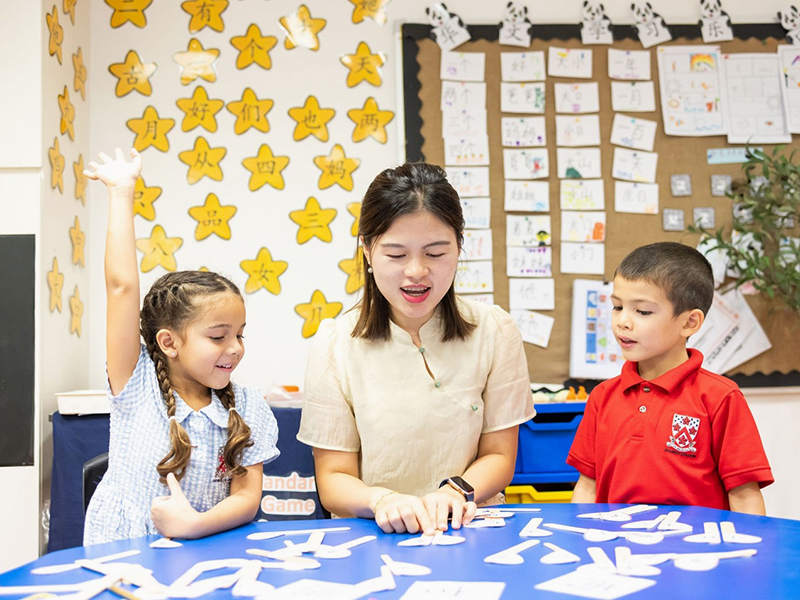Choosing the right educational setting for your child can be one of the most critical decisions you’ll make as a parent. The early years of education lay the foundation for a child’s future learning, socialization, and development.
In Ahwatukee Foothills, Arizona, where families have access to various educational options, understanding the differences between preschool, pre-kindergarten, and kindergarten is essential for making an informed decision.
This comprehensive guide explores the distinctions and similarities between these educational stages, helping you determine the best fit for your child.
Understanding Early Childhood Education
To start, it’s important to understand what each term means and the role each educational stage plays in a child’s development.
- Preschool: This is a broad term that refers to early childhood education programs designed for children typically aged 3 to 5 years. Preschool focuses on developing social skills, basic academic concepts, and motor skills through playful learning.
- Pre-Kindergarten (Pre-K): Often abbreviated as Pre-K, this program serves children usually aged 4 to 5 years old, preparing them for kindergarten. The curriculum is more advanced than typical preschool and is designed to bridge the gap between preschool and formal kindergarten education.
- Kindergarten: This is the first formal year of primary education in many education systems, generally catering to children aged 5 to 6 years old. Kindergarten programs introduce children to a structured academic environment with more defined educational goals compared to preschool and pre-K.
Purpose of Early Childhood Education
Early childhood education aims to provide a solid foundation for a child’s future learning. This stage focuses on:
- Social Development: Helping children learn to interact with peers, share, and develop empathy.
- Emotional Growth: Teaching children how to manage their emotions and build self-confidence.
- Cognitive Skills: Introducing basic concepts of math, literacy, and problem-solving through engaging activities.
Preschool vs Pre-K: Key Differences
When comparing preschool vs pre-K, several factors come into play:
Curriculum and Learning Objectives
- Preschool Curriculum: Typically includes activities that foster creativity, social interaction, and basic literacy and numeracy skills. Emphasis is placed on play-based learning and exploration.
- Pre-K Curriculum: More structured and focused on preparing children for kindergarten. It includes more advanced concepts in literacy, math, and social skills, aiming to ensure that children are ready for the transition to a formal school setting.
Age Range and Developmental Milestones
- Preschool: Encompasses younger children, usually 3 to 4 years old. The focus is on developing foundational skills and fostering a love for learning through play.
- Pre-K: Serves older children, typically 4 to 5 years old, who are nearing the transition to kindergarten. The curriculum is designed to build on the skills acquired in preschool and prepare children for the more rigorous demands of kindergarten.
Kindergarten vs Preschool: What to Consider
When deciding between kindergarten vs preschool, it’s important to consider several aspects:
Academic Expectations and Readiness
- Kindergarten: This stage introduces a more formal structure with specific academic goals. Children are expected to have basic literacy and numeracy skills, and the curriculum becomes more focused on preparing students for future academic success.
- Preschool: Emphasizes a gentle introduction to academic concepts through play. The goals are more about fostering curiosity and basic skills rather than meeting specific academic benchmarks.
Transitioning from Preschool to Kindergarten
The transition from preschool to kindergarten can be a significant step. To ease this transition, consider:
- Curriculum Continuity: Ensure that the pre-K program aligns well with the expectations of kindergarten.
- Social Preparation: Encourage social skills and independence in preschool to help children adapt to the more structured environment of kindergarten.
Pre-K vs Kindergarten: Making the Choice
Deciding between pre-K vs kindergarten involves evaluating your child’s readiness and developmental needs:
Preparation for Elementary School
- Pre-K: Prepares children for the academic and social expectations of kindergarten, focusing on skills like letter recognition, basic math concepts, and following directions.
- Kindergarten: Assumes that children have a basic understanding of these concepts and aims to build on them with more advanced skills and a structured approach.
Social and Emotional Growth
- Pre-K: Provides a nurturing environment where children can develop social skills and emotional regulation in preparation for the more structured setting of kindergarten.
- Kindergarten: Focuses on building on these social skills and helping children adapt to a more formal school environment.
Preschool vs Pre-K vs Kindergarten: Comparing Options
When comparing preschool vs pre-K vs kindergarten, consider these key factors:
Curriculum and Instruction
- Preschool: Offers a play-based curriculum that encourages exploration and creativity.
- Pre-K: Features a more structured curriculum designed to prepare children for kindergarten, including early literacy and numeracy.
- Kindergarten: Provides a formal curriculum with specific academic goals, preparing children for elementary school.
Teacher Qualifications and Classroom Environment
- Preschool: Teachers typically have training in early childhood education and focus on creating a supportive, play-based learning environment.
- Pre-K: Educators are often trained to prepare children for the transition to kindergarten, focusing on both academic and social readiness.
- Kindergarten: Teachers are trained to manage a structured classroom environment and deliver a curriculum that meets state educational standards.
Is Preschool the Same as Kindergarten?
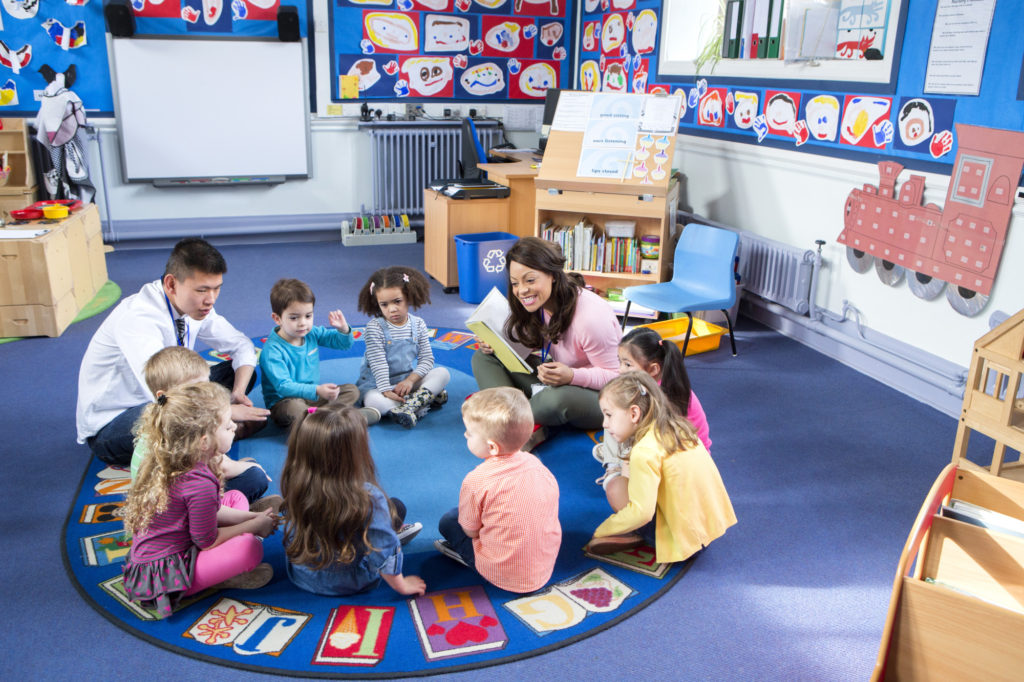
One common misconception is that preschool and kindergarten are interchangeable. However, there are distinct differences:
- Preschool: More focused on developmental milestones and social skills through play.
- Kindergarten: A formal educational setting with specific academic goals and expectations.
Understanding these differences can help parents make a more informed decision about their child’s educational journey.
Decision-Making Factors for Parents
When deciding between preschool and kindergarten, consider:
Assessing Your Child’s Needs and Readiness
- Developmental Readiness: Evaluate your child’s developmental milestones and readiness for the more structured environment of kindergarten.
- Learning Style: Consider whether your child thrives in a play-based environment or is ready for a more formal academic setting.
Local Options in Ahwatukee Foothills
In Ahwatukee Foothills, there are various educational programs available. Look for:
- Program Quality: Evaluate the curriculum, teacher qualifications, and overall learning environment.
- Community Recommendations: Seek recommendations from other parents and educational professionals in the area.
Conclusion
Choosing between preschool, pre-kindergarten, and kindergarten is a significant decision that impacts your child’s educational path. By understanding the differences and similarities between these educational stages, you can make an informed choice that supports your child’s development and prepares them for future success.
At Amici Montessori in Ahwatukee Foothills, we provide a nurturing and enriching environment for early learners. We invite you to visit us to learn more about our programs and how we can support your child’s educational journey.
For more information or to schedule a tour, please contact us today. We look forward to helping you find the best educational setting for your child’s needs.

